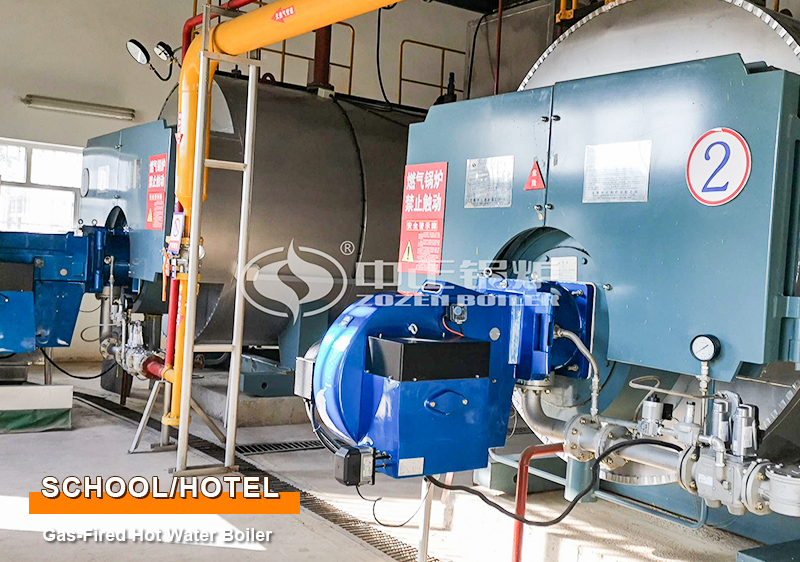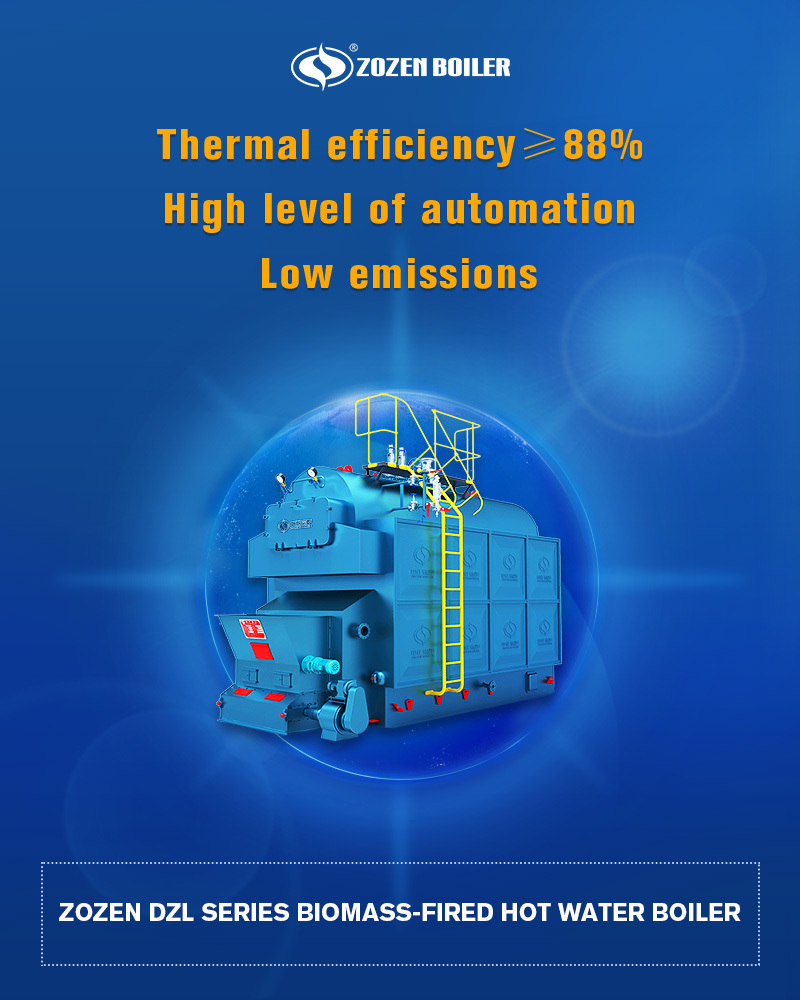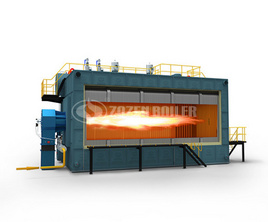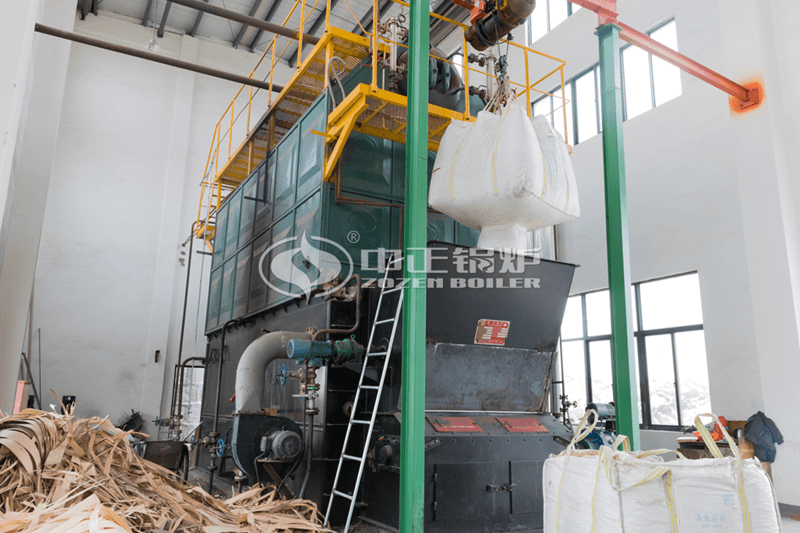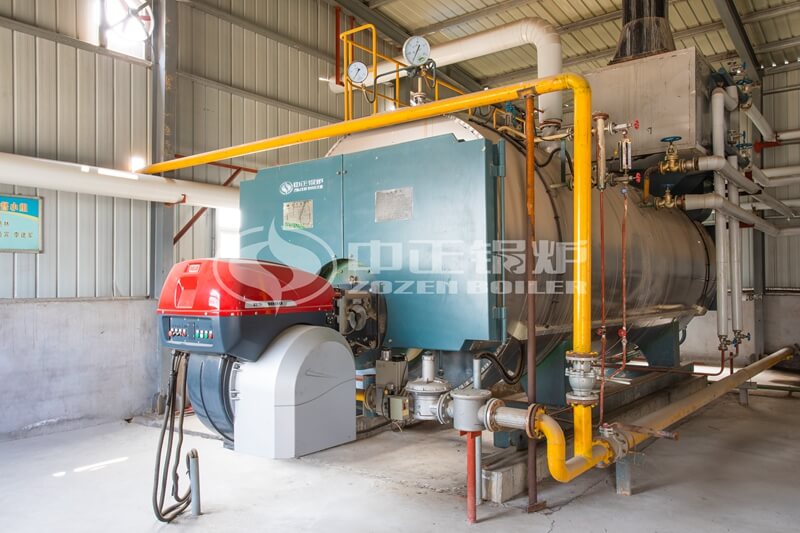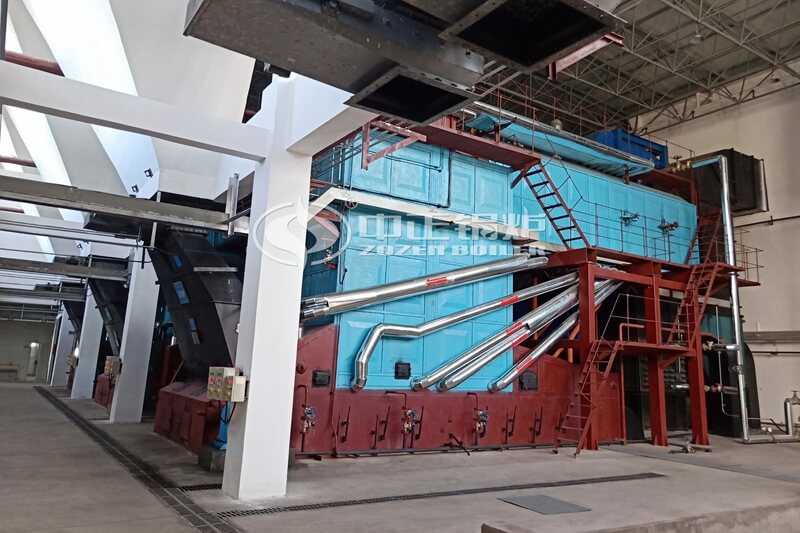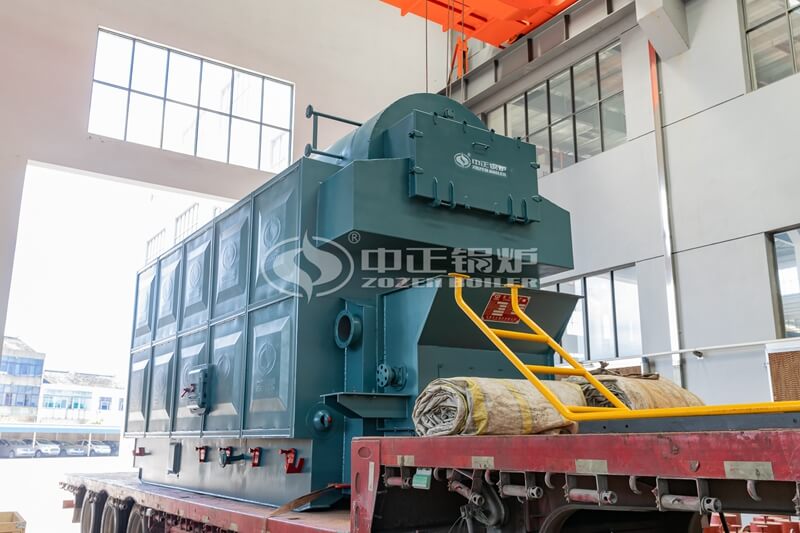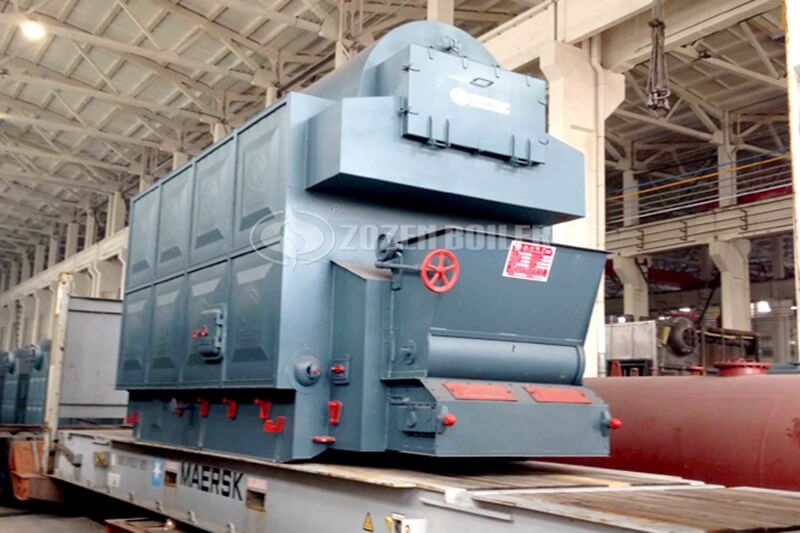(1) Carbonate scale
The main components are calcium and magnesium carbonates, mainly calcium carbonate (up to 50%), and they usually grow in relatively low temperature parts, such as economizers and water inlets.
Carbonate salt scale is mostly white, and most of it can be dissolved by adding hydrochloric acid, and a large number of bubbles are generated at the same time, and the amount of residue in the acid solution is very small.
(2) Sulfate scale
The main component is calcium sulfate (usually more than 50%). It is especially hard and dense, and it is mostly formed on the evaporation surface with higher temperature and high evaporation intensity.
The sulfate scale is mostly white or yellowish white, and it can be slowly dissolved in hot hydrochloric acid. When barium chloride solution is added to the solution, a large amount of white precipitate will be formed.

(3) Silicate scale
The composition is more complicated, and the silica content can reach more than 20%. This kind of scale is hard and is usually easy to form on areas where the heating intensity of the oil-fired gas hot water boiler is strong, such as the water wall.
The silicate scale is mostly off-white, and it is difficult to dissolve in hot hydrochloric acid, and it dissolves slowly when adding the compound.
(4) Mixed scale
is a mixture of the above-mentioned various scales and rust scales. It is not easy to point out which component is the main one. It is common in gas-fired hot water boilers with unstable water treatment.
The mixed scale has mixed colors and is often multi-layered. A part of it can be dissolved in hydrochloric acid, and bubbles are also generated. There are residual scale fragments or mixed substances in the solution.


